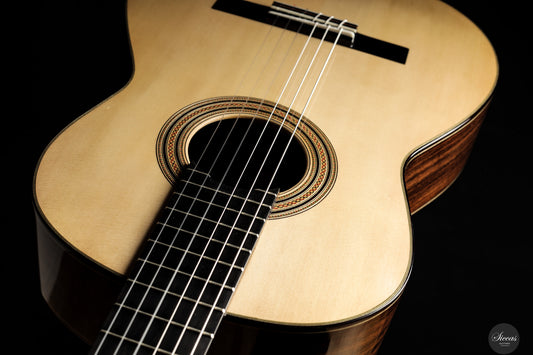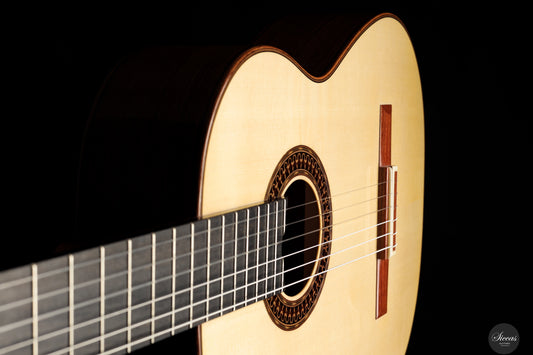Normaler Preis
9.990 €
Verkaufspreis
9.990 €
Normaler Preis
0 €
Grundpreis
pro
Steuerfrei (0% BM)
Spare:
-9.990 €
Sale
Verkauft
Stefan Nitschke - 2024 - La Maitechu
Stefan Nitschke - 2024 - La Maitechu
Details
Details
Bauart:
Traditional
Überblick
Überblick

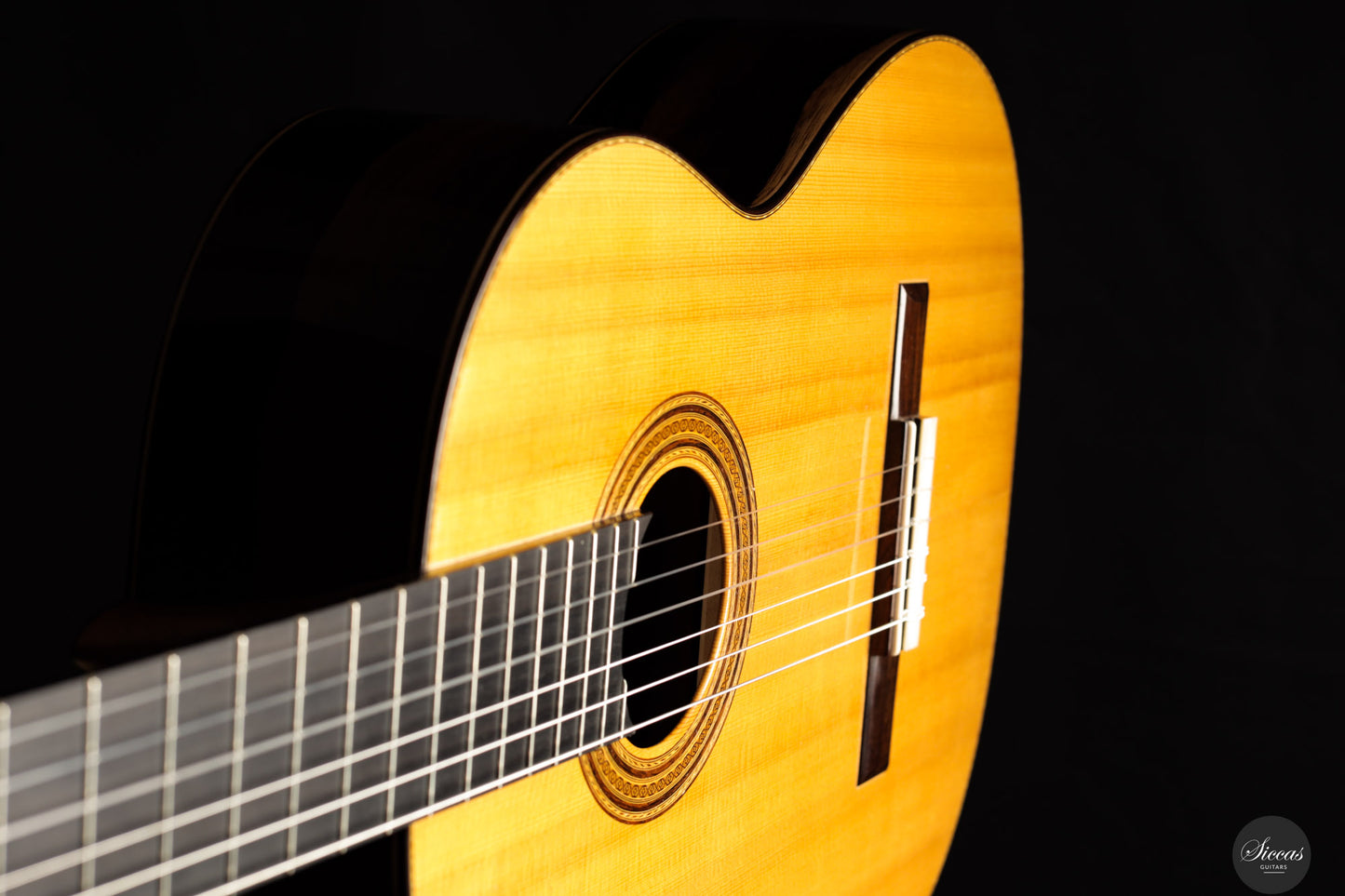

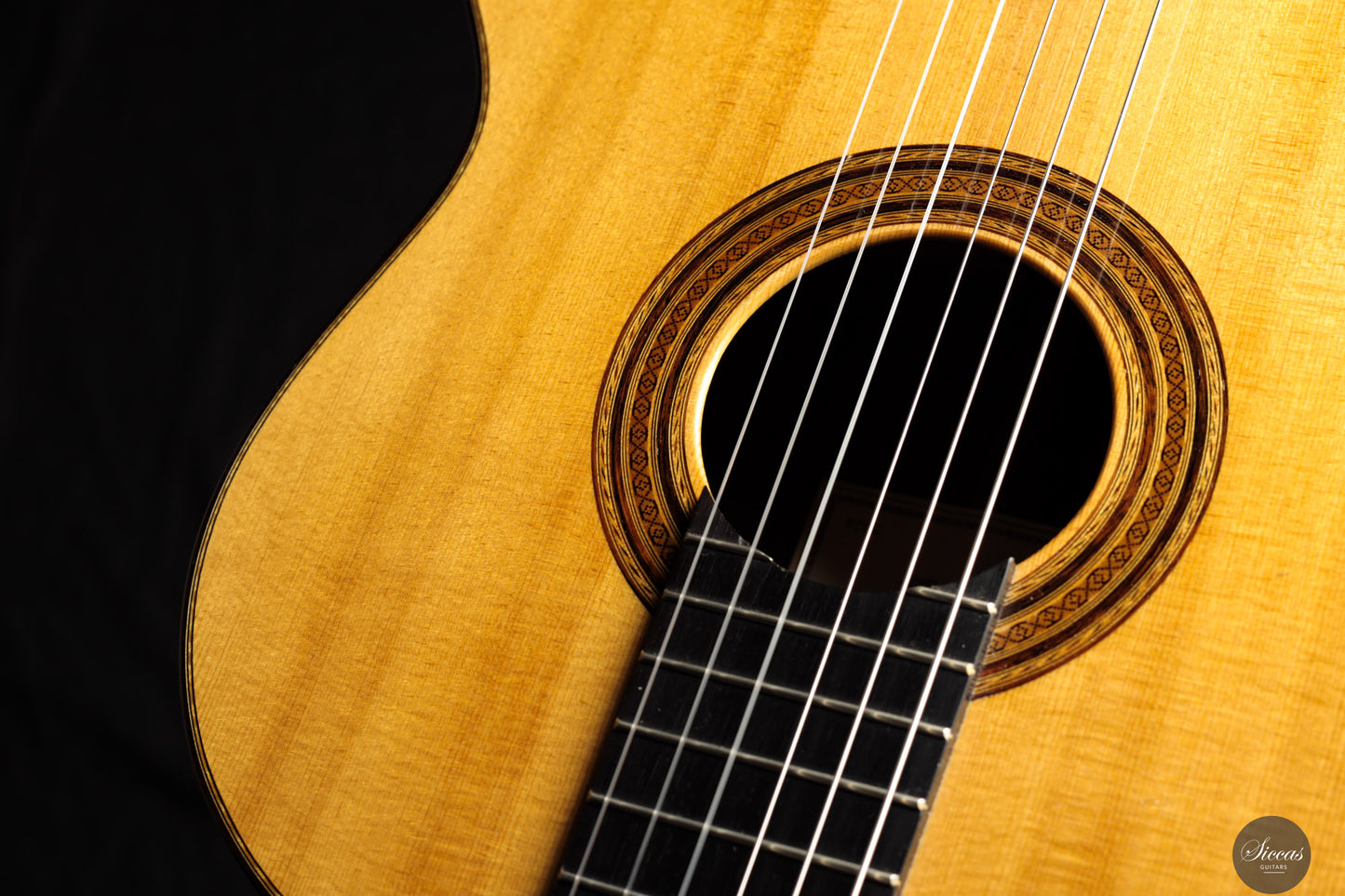
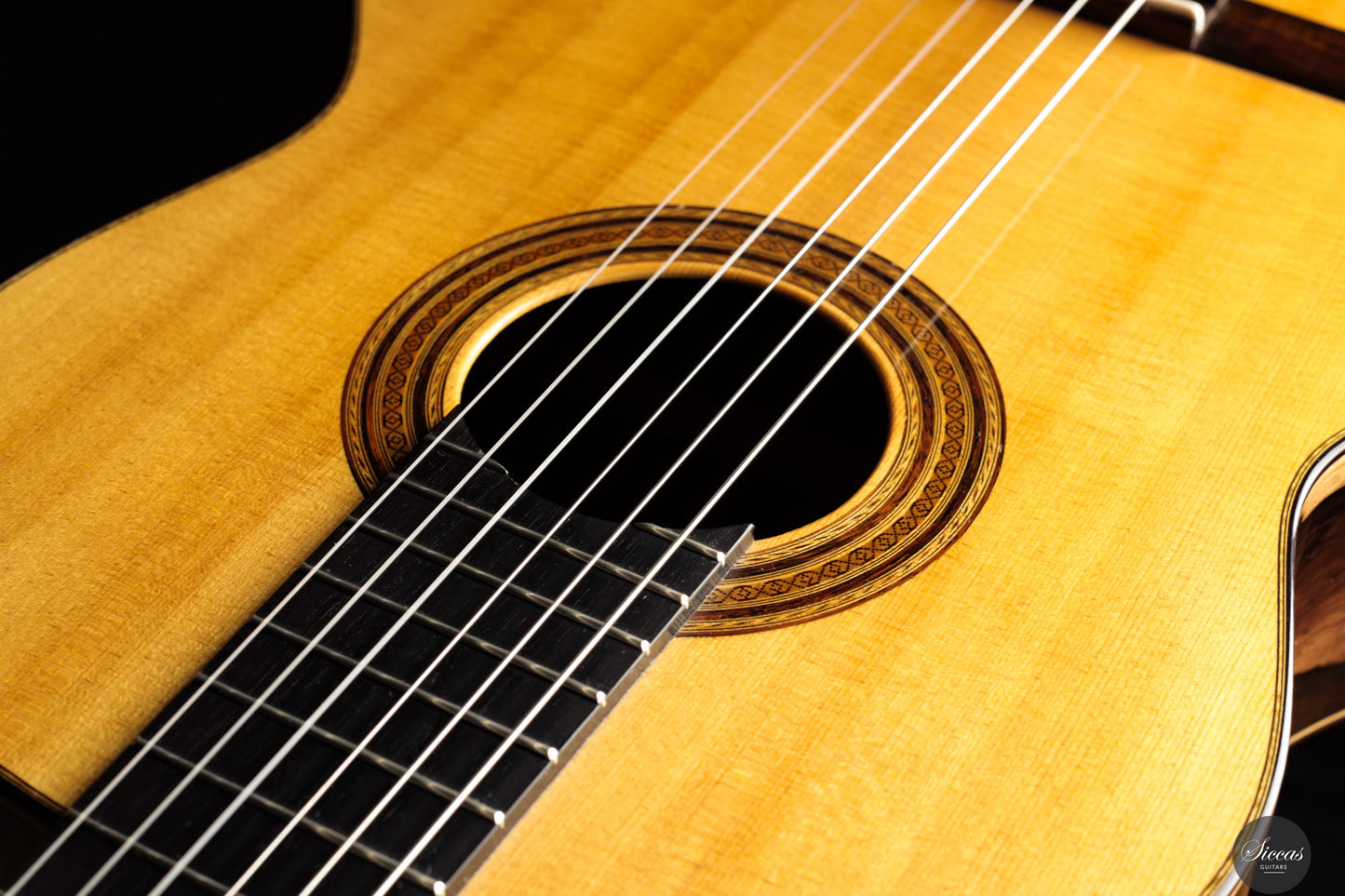
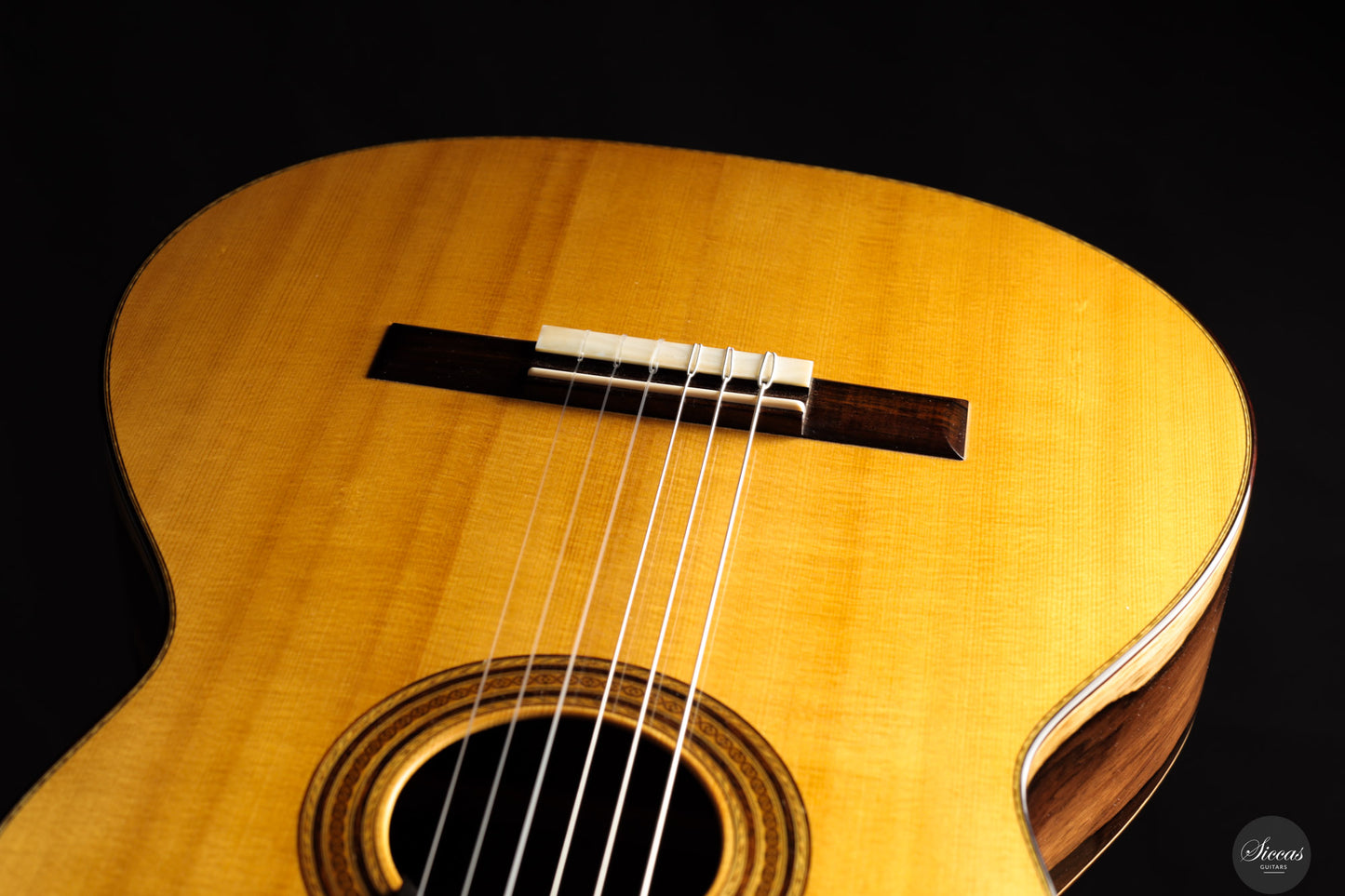
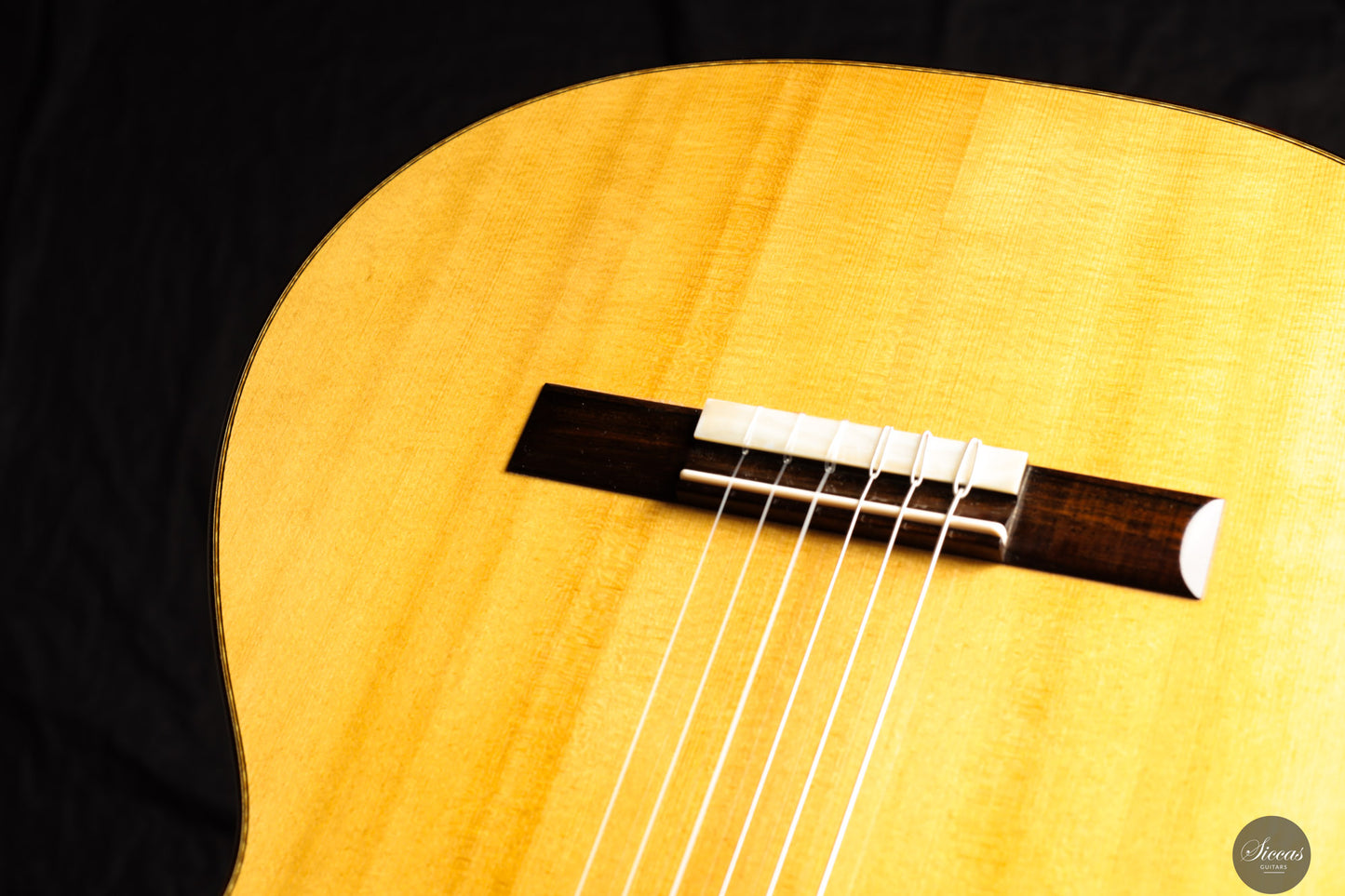

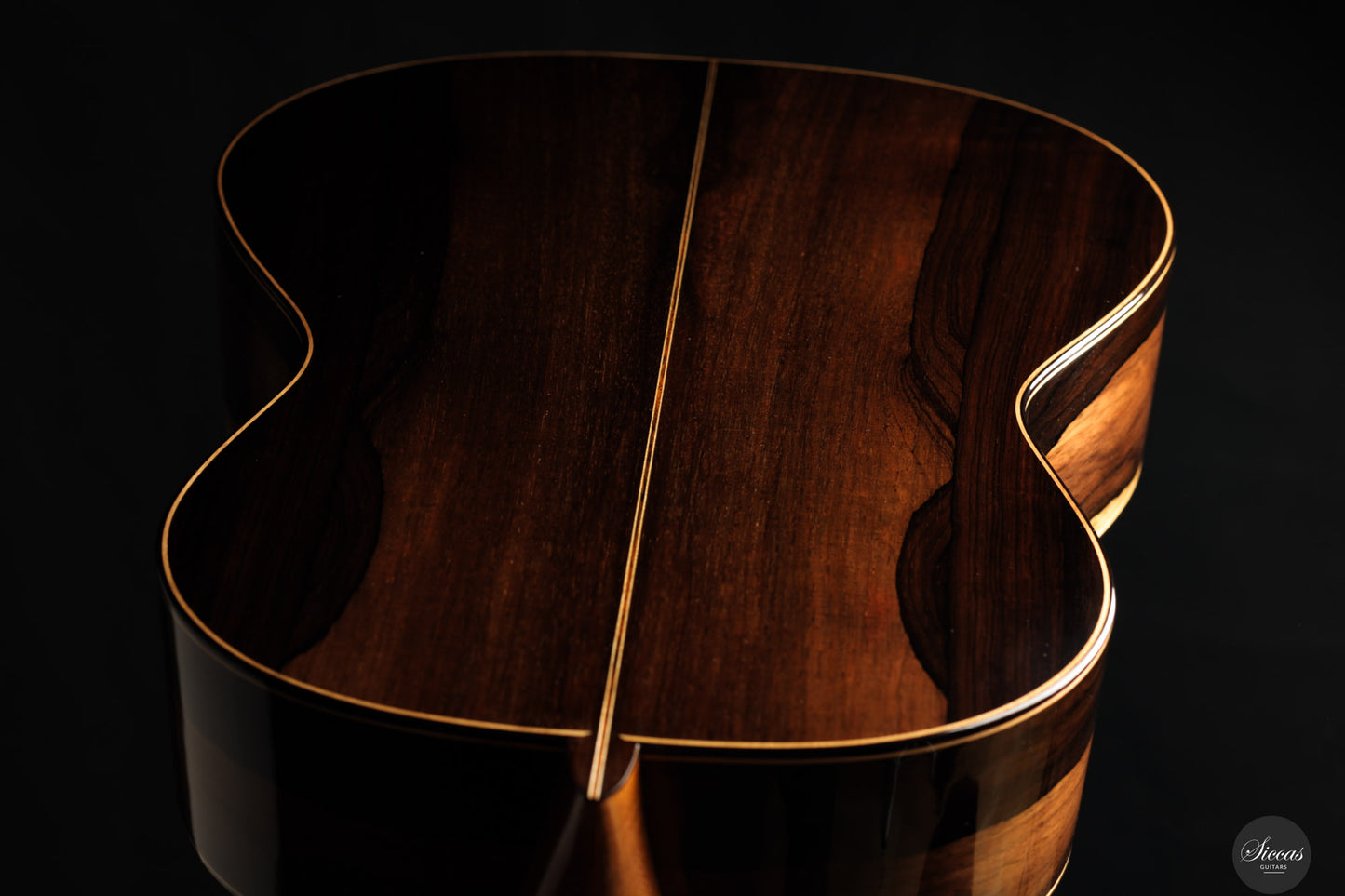

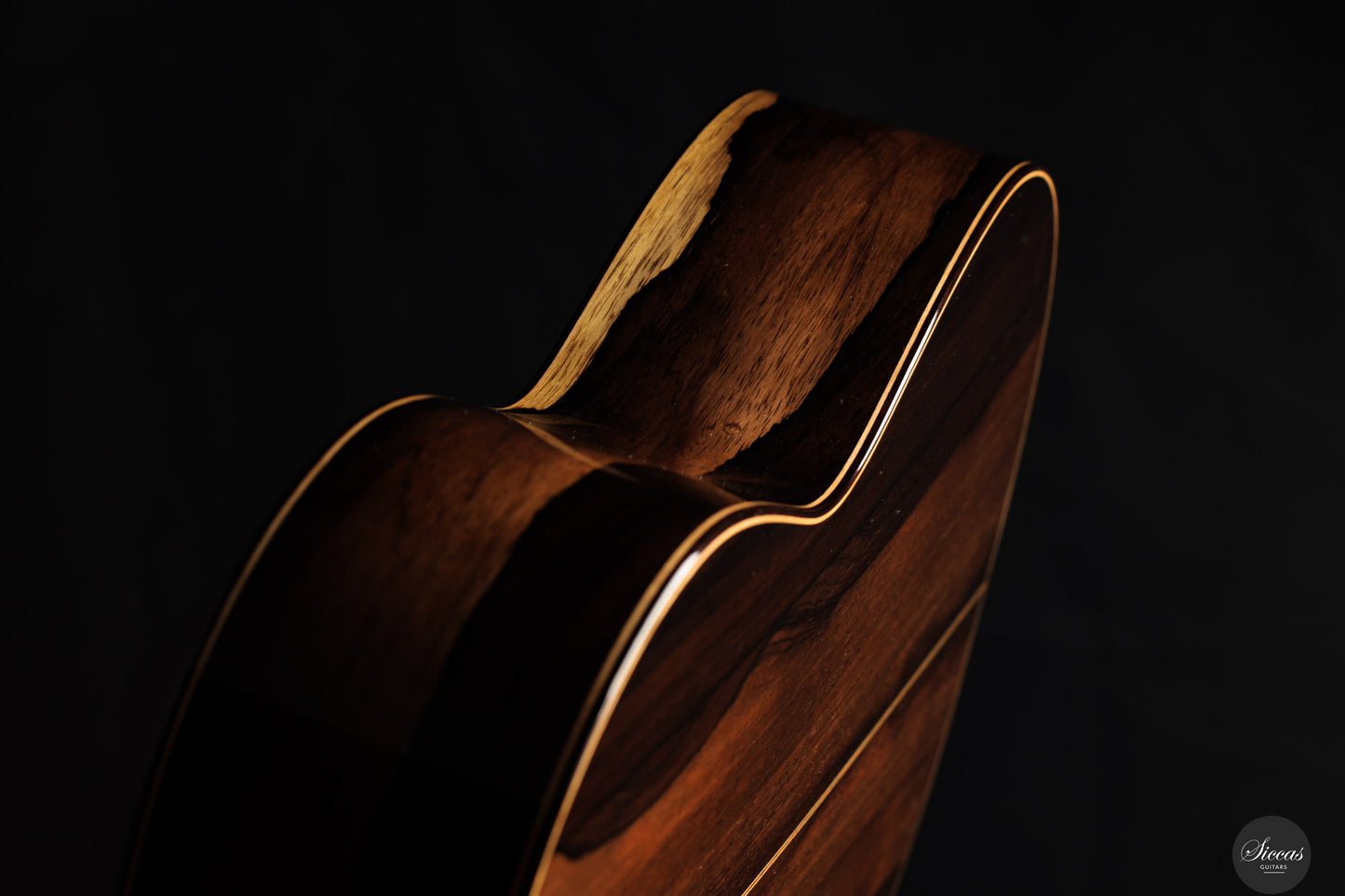
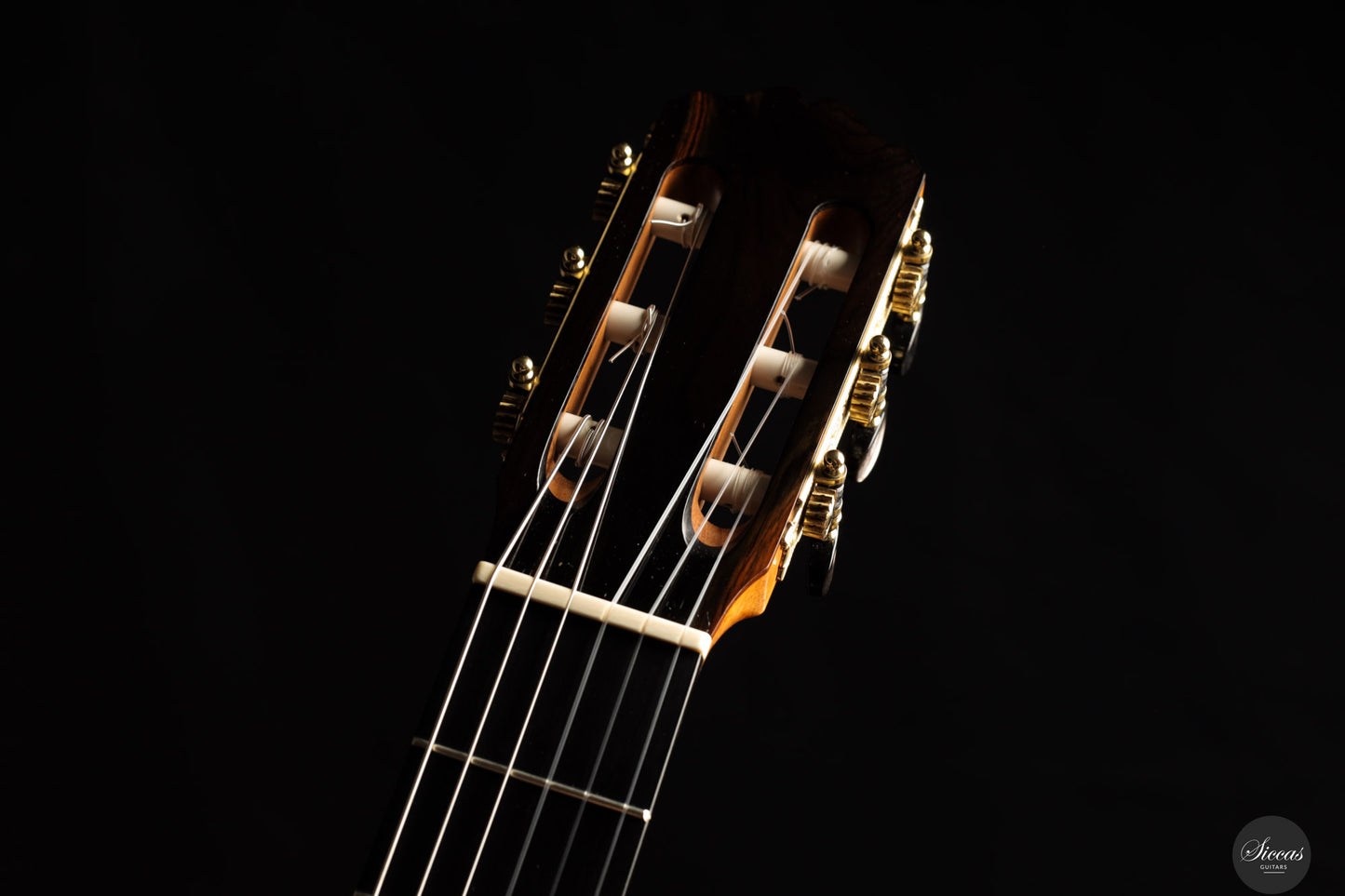

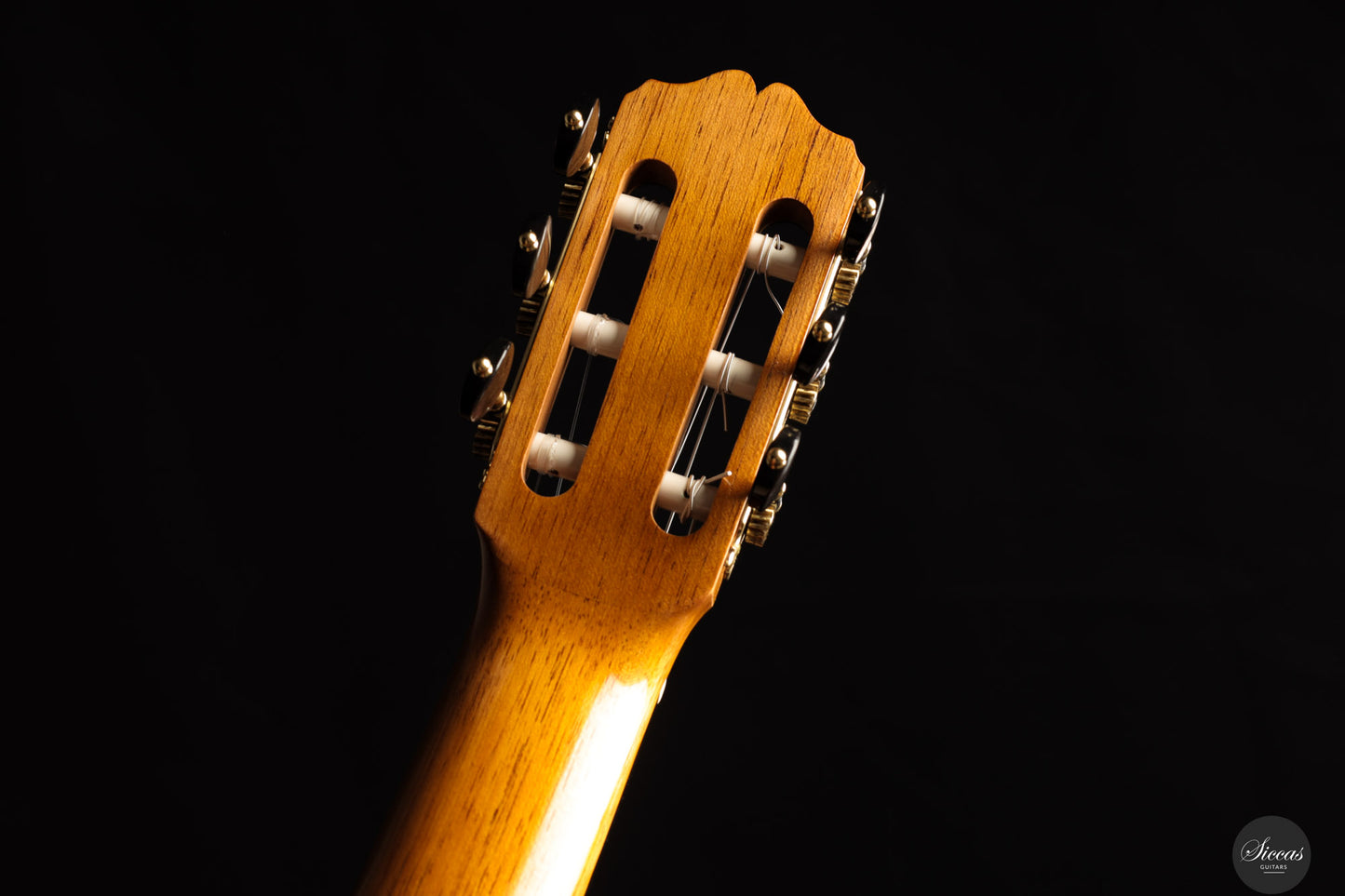



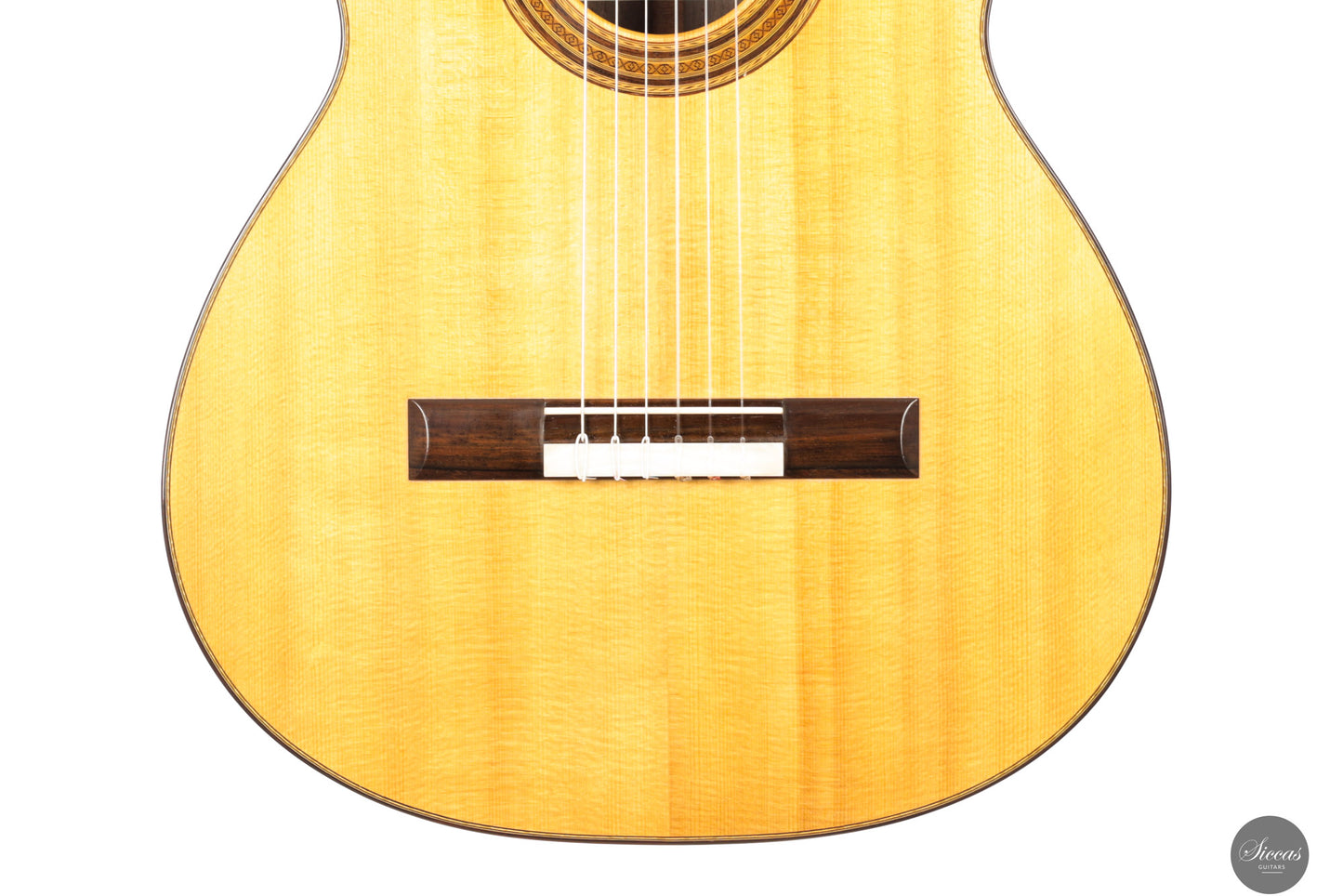
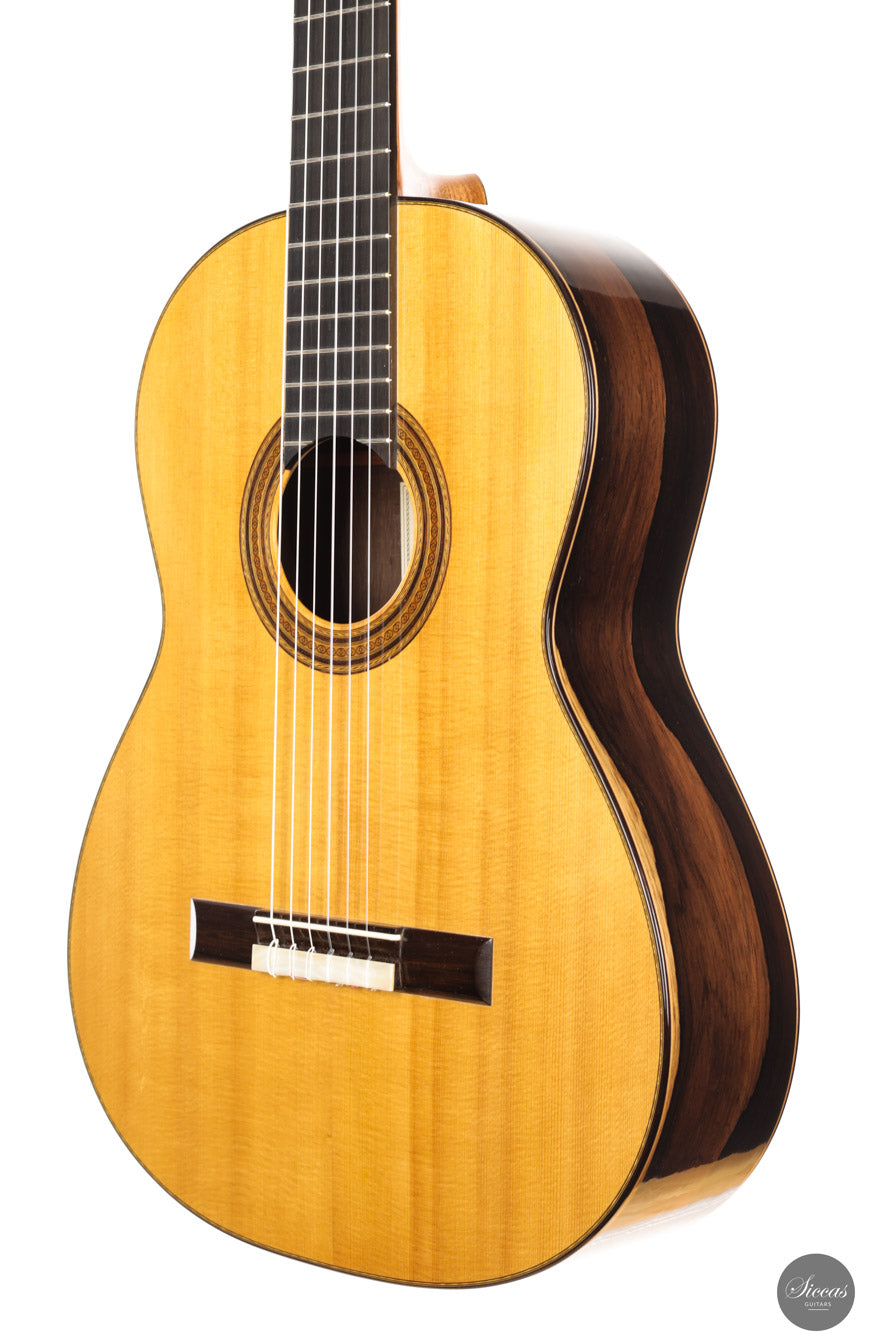
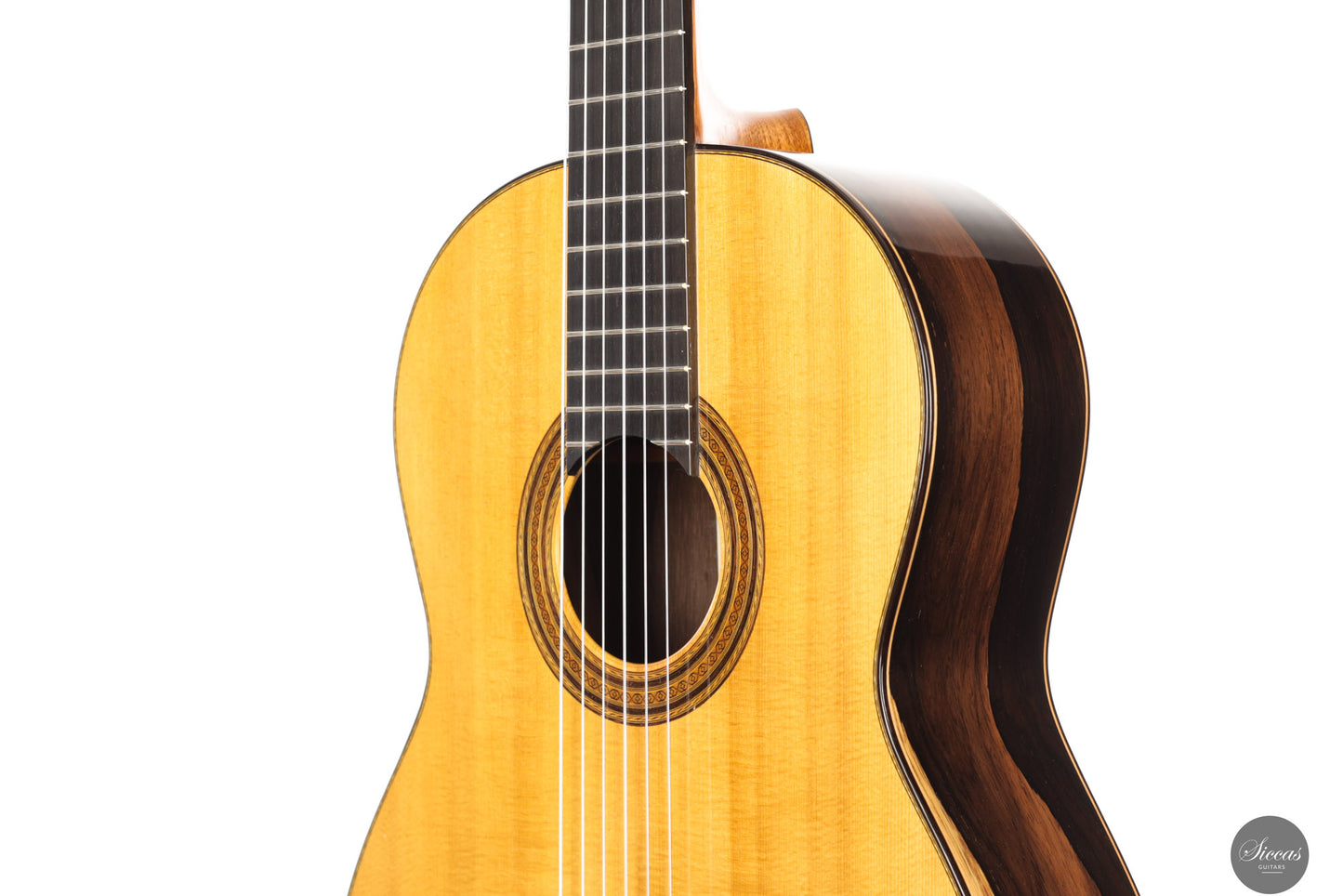

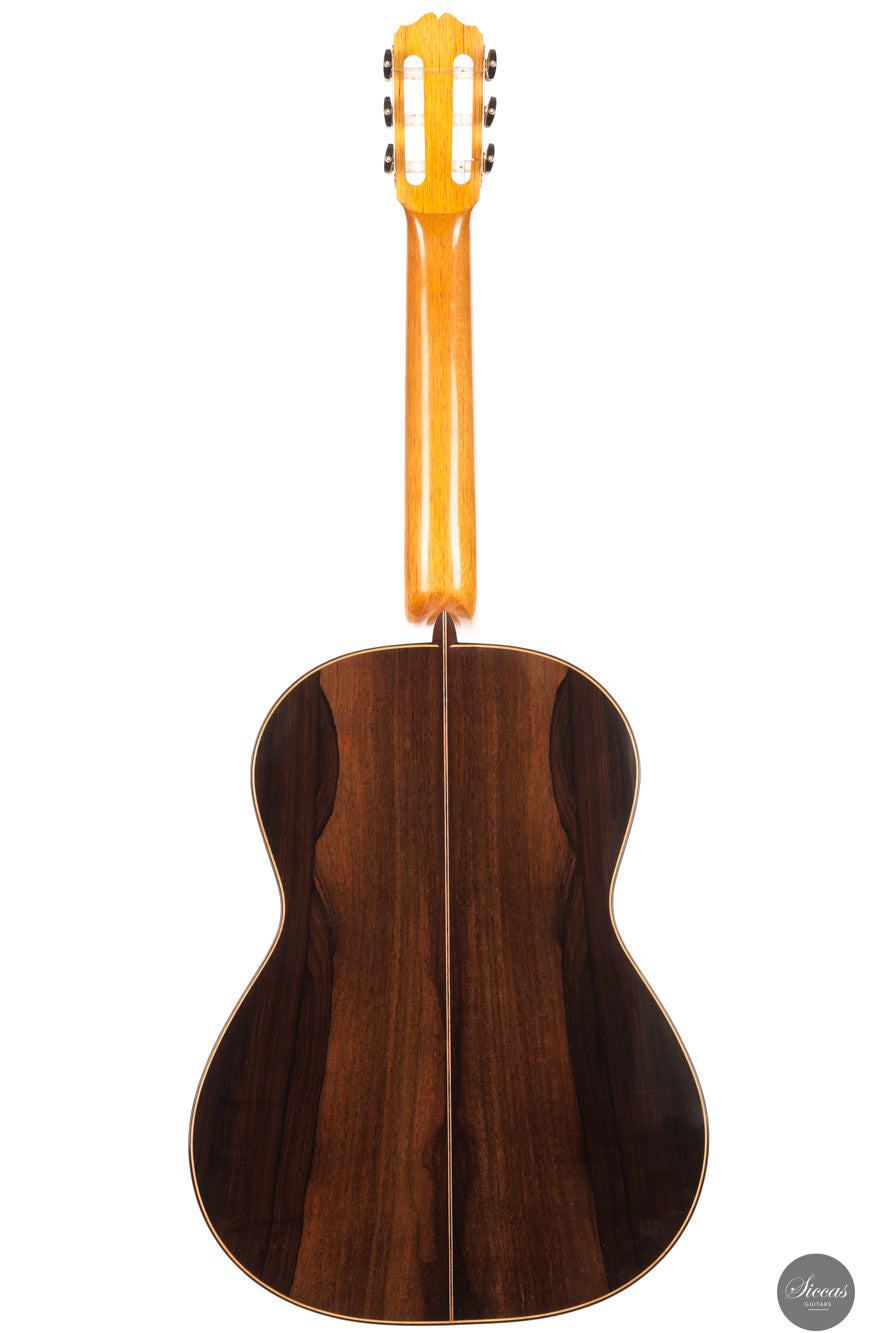

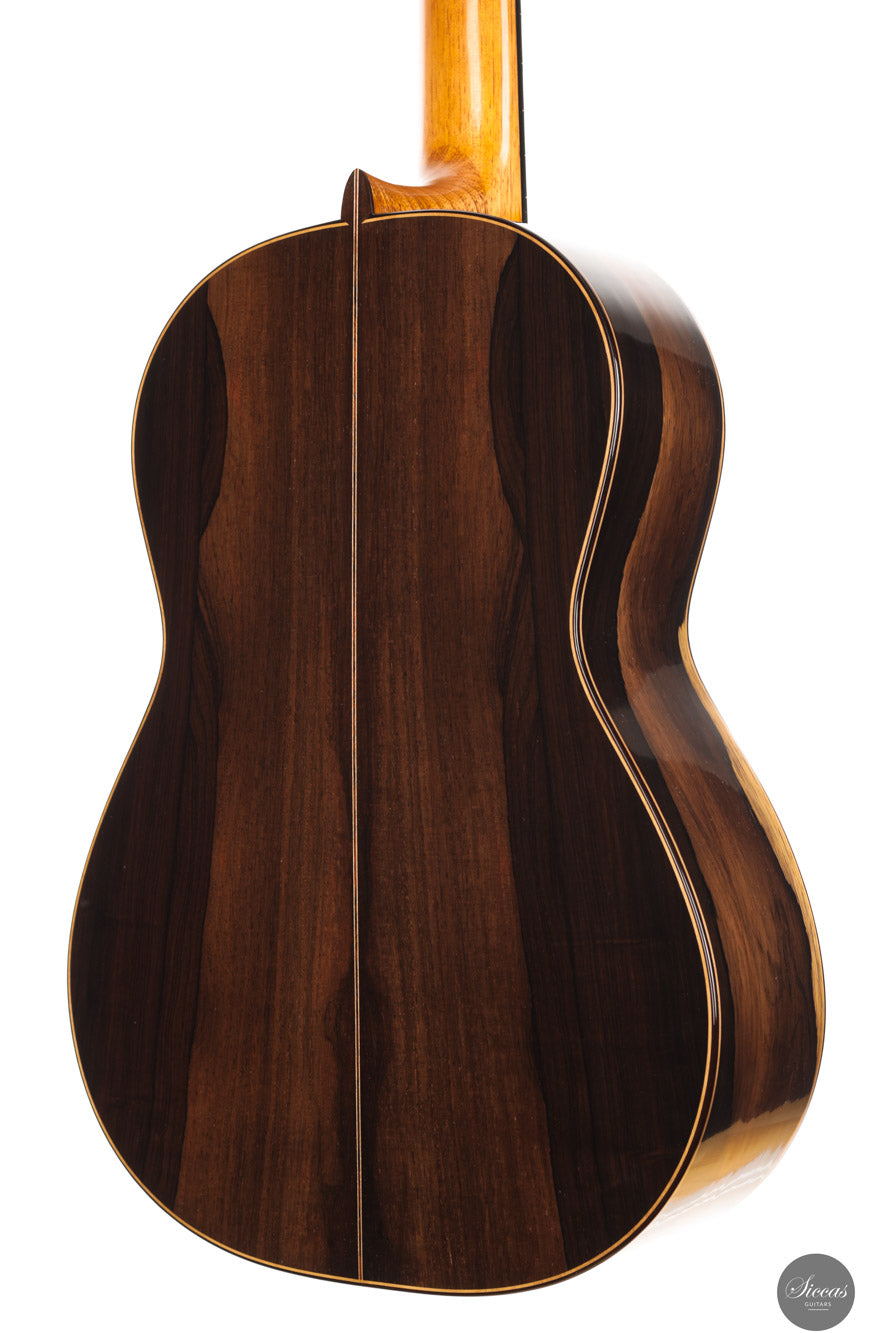
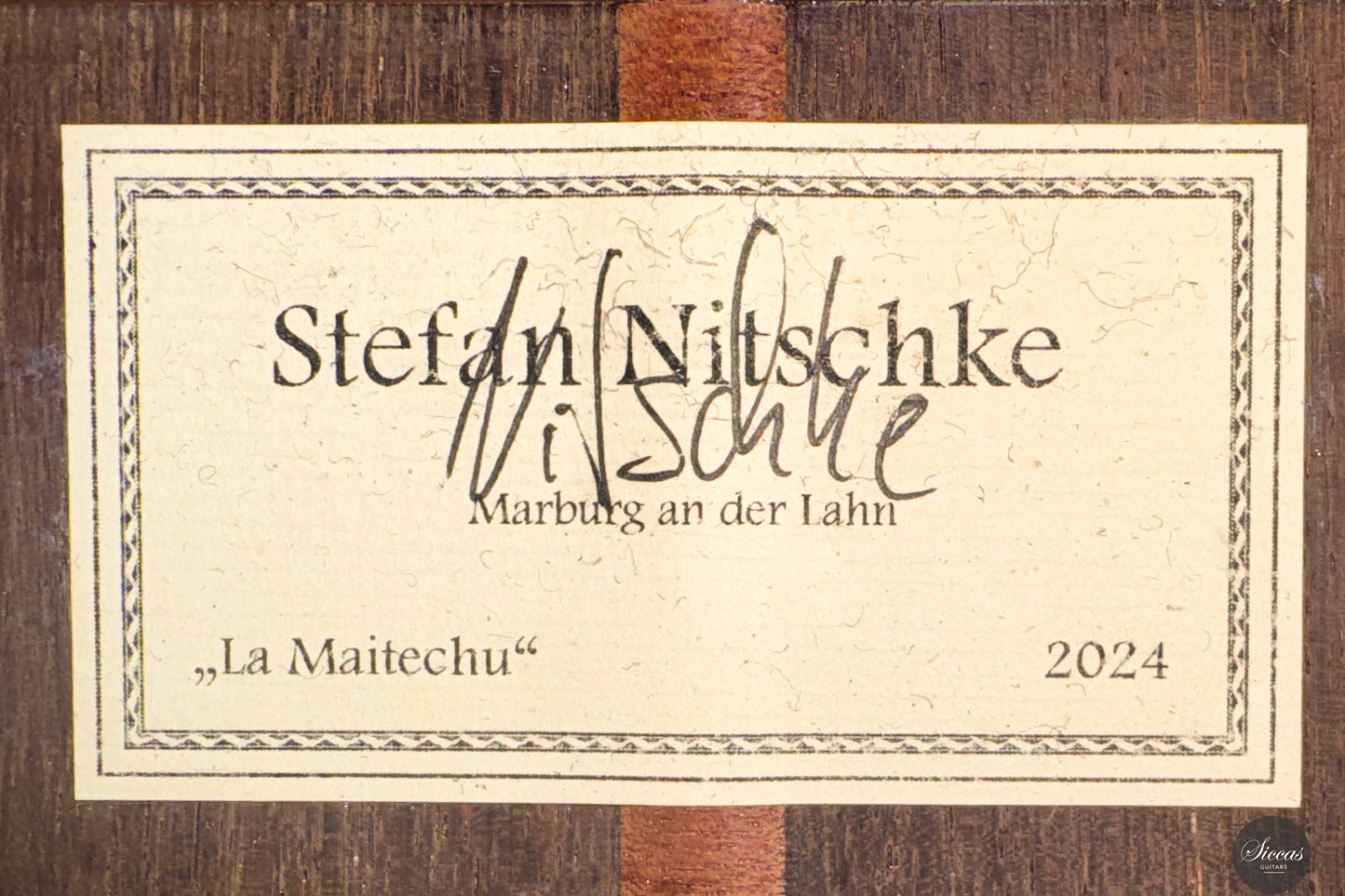
Video Übersicht
Some text about the video block with SEO. Some text about the video block with SEO.


Weitere Details zur Gitarre
About the luthier
Over the past 15 years, Stefan Nitschke has established himself as a distinguished luthier, creating guitars that transcend functionality to become true works of art. His journey began under the mentorship of the renowned Gerhard Oldiges, and his creations reflect the enduring legacy of 19th- and 20th-century masters such as Antonio de Torres, Francisco Simplicio, and Santos Hernandez. The influence of these iconic figures can be felt in the refined tonal qualities and impeccable craftsmanship of Nitschke’s instruments.About the guitar
This 2024 Stefan Nitschke “La Maitechu” guitar is a masterful celebration of over two decades of lutherie, designed to offer a rich palette of frequencies and exceptional tonal versatility. The guitar is built with outstanding tone woods: spruce for the top and Brazilian rosewood for the back and sides. As a result, it delivers deep, resonant basses, one of Nitschke’s hallmarks, paired with lyrical, rounded trebles that echo Segovia’s vision of the guitar as a “little orchestra.” The name “La Maitechu” adds a personal, poetic dimension to the instrument, likely drawing from a Basque term of endearment meaning “little beloved one”, a fitting tribute that underscores the intimacy and expressive soul of this remarkable guitar.Condition
This guitar is in mint condition and shows subtle, minimal signs of wear.
Otto Rauch ist ein deutscher Gitarrenbauer aus der kleinen Stadt Obermoschel in Rheinland-Pfalz. Mit über 35 Jahren Erfahrung als Gitarrenbauer ist er einer der deutschen Pioniere der Double-Top-Bauweise. Nachdem er Anfang der 1990er Jahre eine Gitarre von Matthias Dammann repariert hatte, begann Otto Rauch mit dem Bau von Double-Top-Gitarren. Zunächst verwendete er Zedernstreben und dann einen Balsakern, eine Konstruktion, die er im Laufe der Jahre weiterentwickelte. Als Otto Rauch einem Freund beim Aufbau seines Geigenbaugeschäfts half, stieß er auf den Namen des venezianischen Geigenbauers Domenico Montagnana aus dem 18. Jahrhundert. Seine Celli werden für ihren dunklen Ton, ihr fantastisches Klangvolumen und ihre rätselhafte Konstruktion gelobt. Da diese drei Attribute Ottos Konstruktion widerspiegeln, übernahm er den Namen und das Modell Domenico Montagnana war geboren.







































































